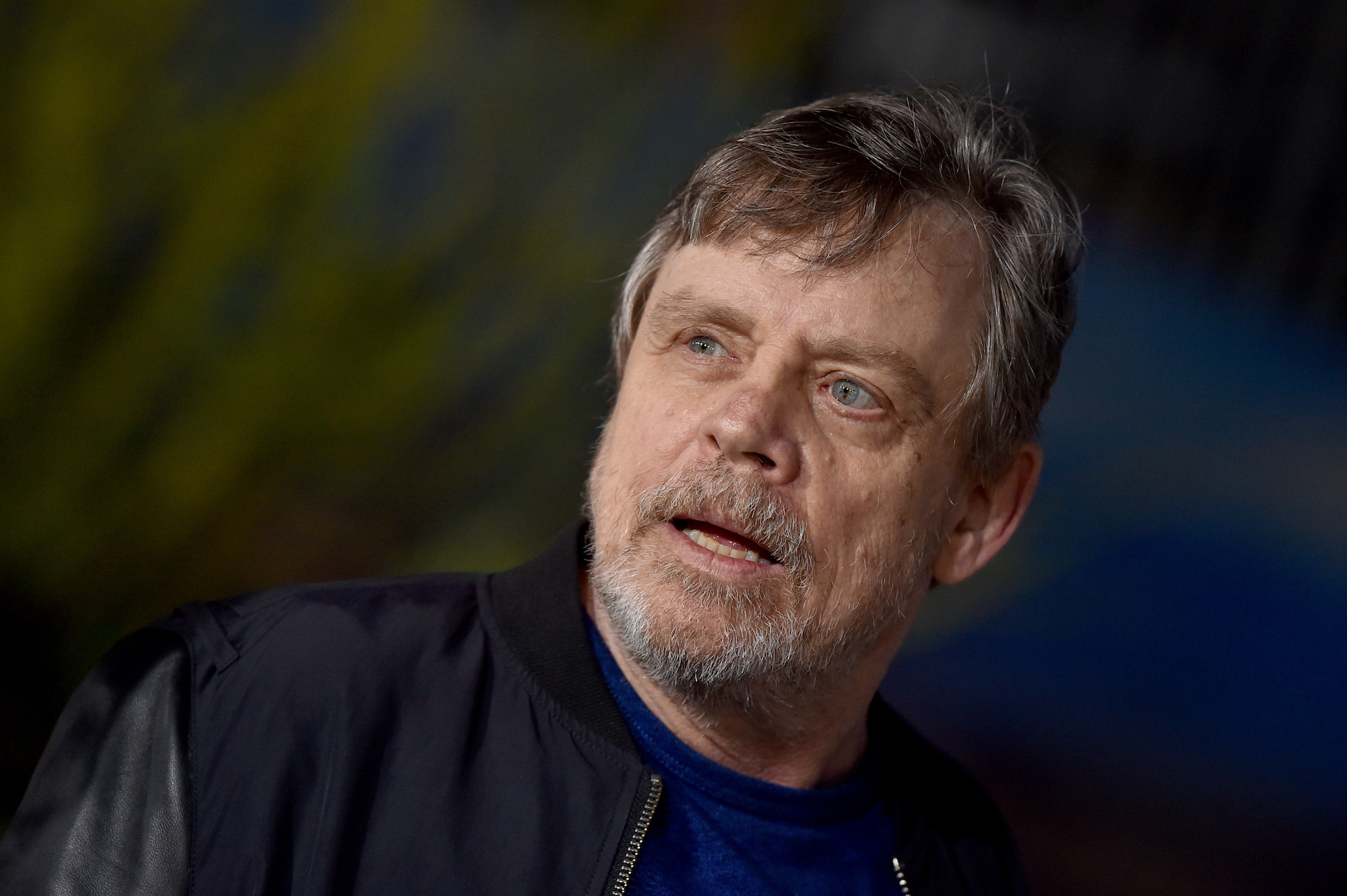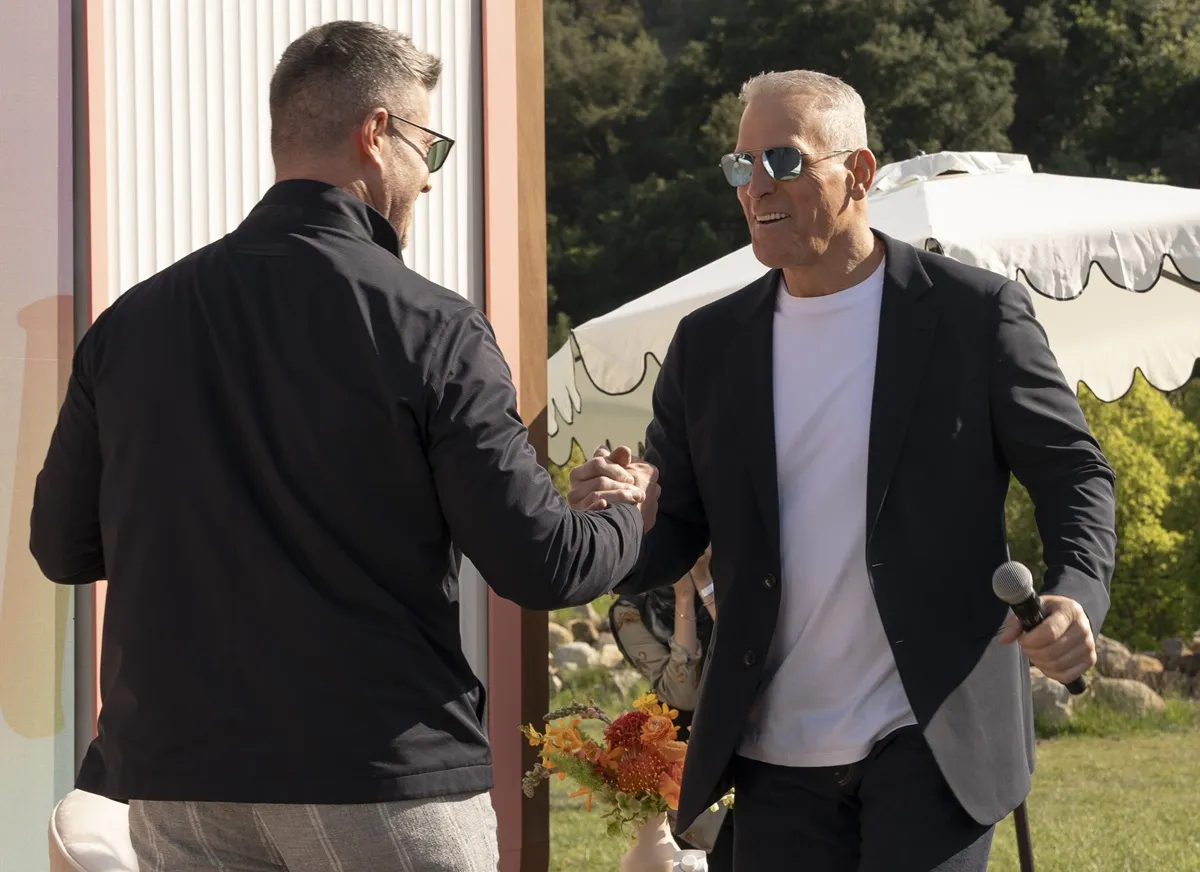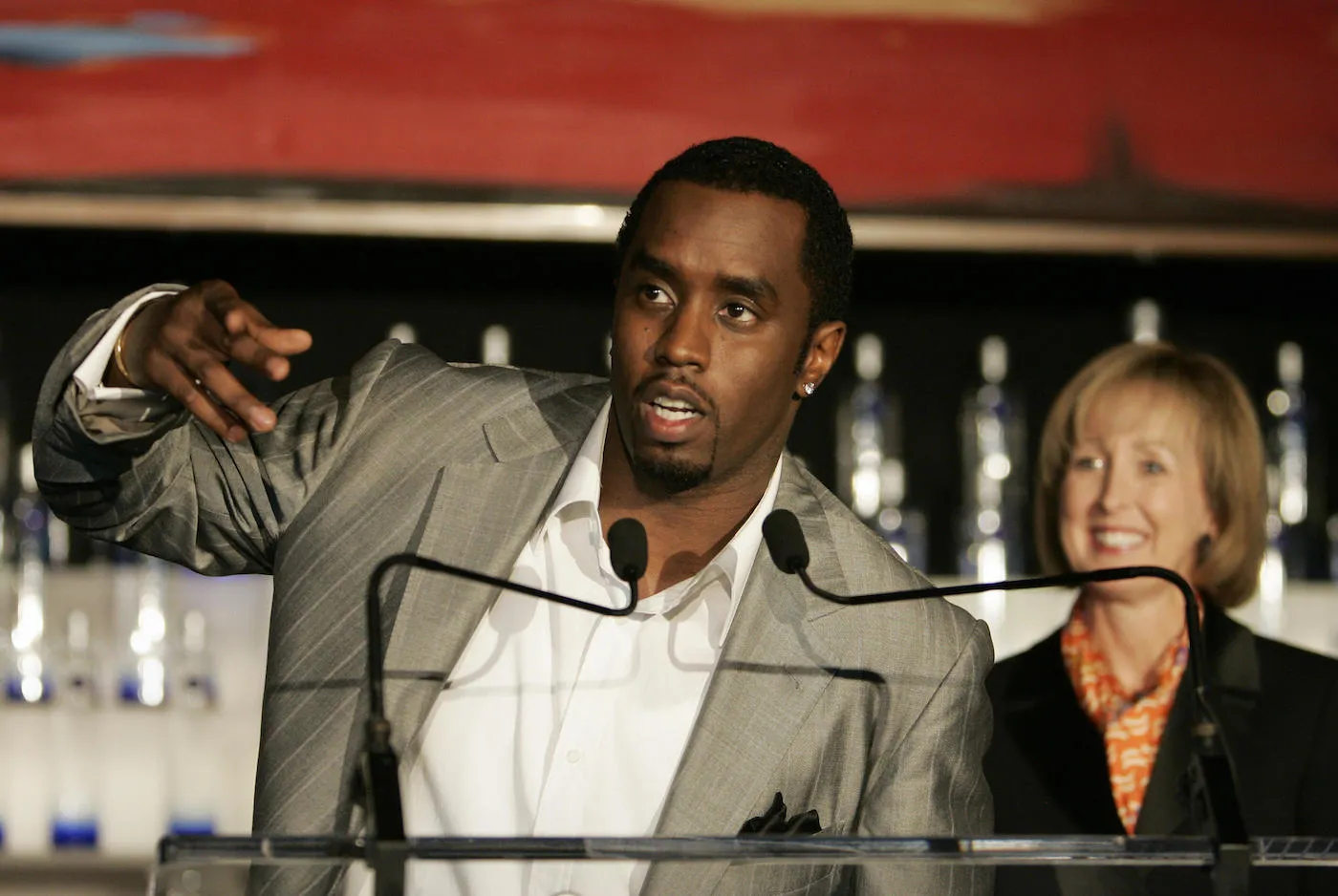‘The Last Jedi’: Luke Skywalker’s Ahch-To Routine Has a Deeper Meaning
The Last Jedi was another one of the Star Wars universe’s more divisive film entries. But for all the criticisms levied at the film, it did have one thing going for it: it told a thematically consistent story.
The film’s main characters are all forced to confront their failures, challenging themselves to get past them to grow as people. One of the most important characters in the film was Luke Skywalker, the hero from the original trilogy.
At the beginning of The Last Jedi, the audience joins Skywalker as he’s a hermit on a faraway planet called Ahch-To. Here’s why his daily routine on that planet has more significance than you may have initially realized.
Luke Skywalker’s role in the Star Wars sequel trilogy

While Star Wars fans were thrilled when they heard Mark Hamill would reprise the role of Luke Skywalker in the new Star Wars sequel trilogy, they didn’t get to see him for long in The Force Awakens.
Skywalker doesn’t appear until the film’s closing seconds, and even then he has no lines. He’s confronted by Rey and presented with his famous blue lightsaber — the one his father wielded before him when he was a Jedi.
Skywalker eventually serves as a mentor to Rey in the ensuing two films. But in The Force Awakens, he only appears briefly. In The Rise of Skywalker, he has a glorified cameo, counseling Rey at her most challenging moment. It’s in The Last Jedi where Skywalker’s true character arc culminates.
Where we find Luke Skywalker in ‘The Last Jedi’
The Last Jedi’s Skywalker is a far cry from the one we knew in the original trilogy. Whereas that man was an adventurer and a hero, this one is old and grizzled. After his nephew, Kylo Ren, turns to the dark side of the Force, Skywalker exiles himself on the faraway world of Ahch-To, the site of an ancient Jedi temple.
Skywalker is confronted by Rey and his old friend Chewbacca, who tell him of his best friend Han Solo’s passing. Despite his sadness, Skywalker is resolute in his desire to stay out of this fight. It was a stunning development for Star Wars fans: here they had the hero of all heroes, and he was shying away from the action. Eventually, Skywalker confronts his own failure, learns from it, and returns to help the Resistance. He sacrifices his life, but when he does so he’s at peace, at one with the Force. It’s a fitting ending for one of cinema’s greatest heroes.
When Rey first comes across Skywalker, he rejects her pleas for help. There’s a montage of Rey following him on his daily routine on his new home planet. While the montage may seem like comic relief, one Reddit fan astutely surmised that it had much more to it than that.
‘The Last Jedi’ symbolism
The Reddit user DisturbedSnowman pointed out that when Rey finds Skywalker, he’s tired of being thought of as Luke Skywalker. While the galaxy regards him as a hero, he sees himself as nothing but a failure. Rey follows him on his daily journey, where he fishes, milks a massive, odd-looking creature, and generally does mundane chores.
The deeper meaning behind this is that they mirror the same type of chores Skywalker wanted to avoid on his Uncle Owen’s Tatooine moisture farm. It’s an interesting juxtaposition: the younger Skywalker wanted nothing more than to escape those tasks in the name of greater adventures. This version of Skywalker, hardened by years of regret and loss, is assigning himself these unenviable tasks as a form of punishment.
Skywalker’s daily routine is meant to break down Rey’s (and, really, the audience’s) perception of this man as a legend and show that he’s simply a man. It’s a great narrative device, and it makes his later return to heroism all the more compelling.


